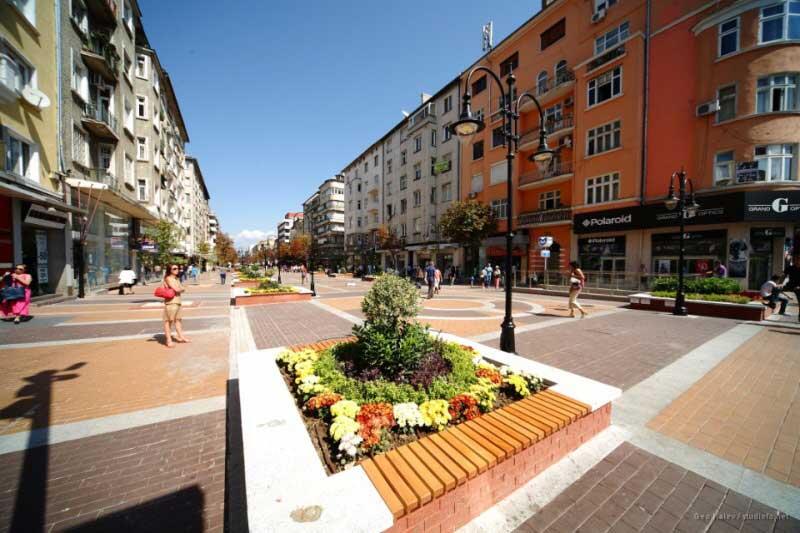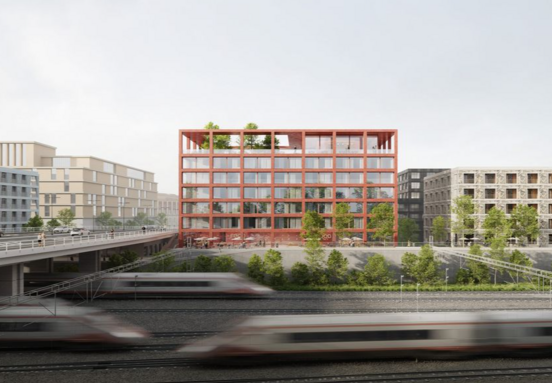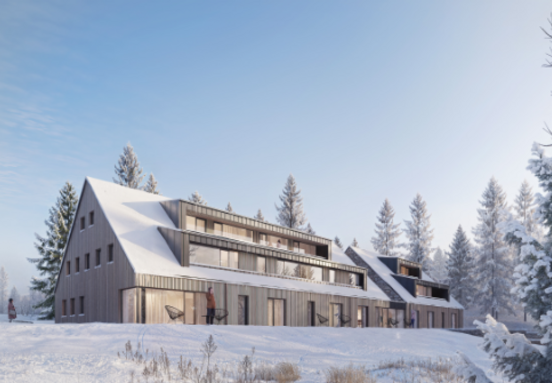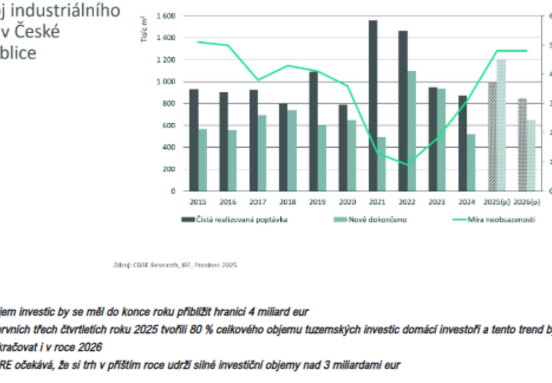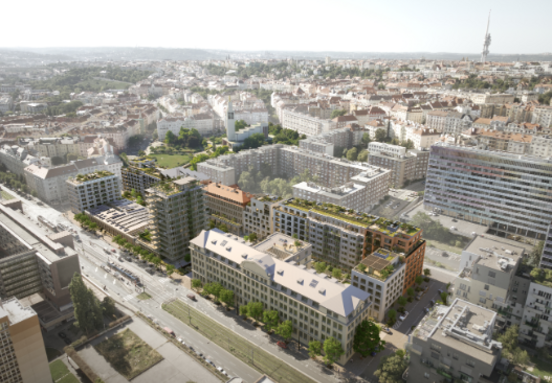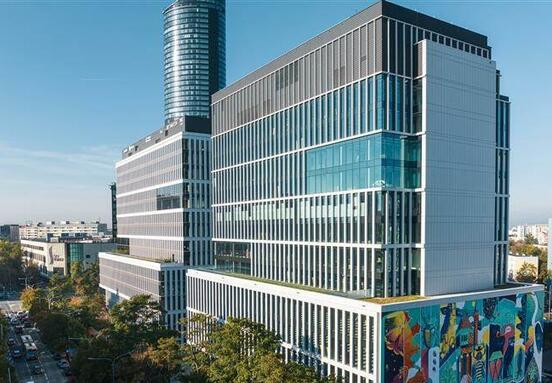WARSAW– A considerable amount of new retail construction is starting to rise in peripheral cities such as Bucharest, Bratislava and Tallinn. In total approximately 376,400 square meters have been delivered in H1 2014 and there is currently 2.3 million sq m under construction in CEE region according to Colliers International.
Colliers International has recently analyzed retail market metrics for the first half of 2014 for select city markets across Central and Eastern Europe including Belgrade, Bratislava, Bucharest, Budapest, Kyiv, Moscow, Prague, Riga, Sofia, St. Petersburg, Tallinn, Vilnius, Warsaw and Zagreb.
Damian Harrington, Colliers International regional director of research for Eastern Europe, said: “Last year a renewed level developer confidence returned to the retail sector triggering a rise in new development across the region. By year-end, more than 1 million sqm had been delivered and another 2.5 million sqm was under construction across the region.”
While there is still a huge amount of new construction underway it is beginning to moderate in those markets that led in 2013, including Moscow, St. Petersburg and Kyiv, and is starting to rise in other peripheral cities, including Bucharest, Bratislava and Tallinn.
The report found that approximately 376,400 sqm has been delivered in H1 2014 and that there is currently 2.3 million sqm under construction.
11 percent of new construction in the region is occurring in Bucharest, Bratislava and Tallinn. At the same time last year, these cities represented less than 4.0 per cent of total active construction indicating that there are some positive shifts occurring as these peripheral markets grab a larger market share.
Overall trend for prime retail rents within the regional markets suggests a pattern of growth with 12 of the markets reporting either stable or positive growth in both prime high street and traditional shopping centre rents since H1 2013. The report found that from H1 2013 high street rents are up 27 percent in Sofia, 19 percent in Riga, 9 per cent in Belgrade, and 3 percent in Moscow, St Petersburg and Warsaw. Traditional shopping centre rents are up 33 percent in Belgrade, 7 percent in St. Petersburg, 5 percent in Riga, 4 per cent in Vilnius and 3 percent in Warsaw and Prague.
Sofia has recovered from the low of 2012, underpinned by improving occupier demand and the staged reconstruction of the high street Vitosha Boulevard. In Belgrade, there has been limited new shopping centre space for some time and with domestic and international retailer appetite increasing, rents grew during the last 12 months.
Many of the markets are characterized by a combination of low supply and positive occupier demand but several are also seeing an increasing number of new retail entrants seek out space creating favorable conditions for rental growth, including Belgrade, St. Petersburg, Riga, Vilnius and Moscow.
In the last 12 months there has been some mild yield compression in Prague, Bucharest, Budapest, Belgrade, Warsaw and Riga, but mostly yields are stabilizing.
With many of the markets forecasting stable conditions in the short-term, we expect that the next six months will bring more realistic view of the marketplace for investors.
Colliers International is a global leader in commercial real estate services, with over 15,800 professionals operating out of more than 485 offices in 63 countries. The latest annual survey by the Lipsey Company ranked Colliers International as the second-most recognized commercial real estate firm in the world.
Colliers International has been active in the Czech market since 1994.
Source: Praguepost.com
